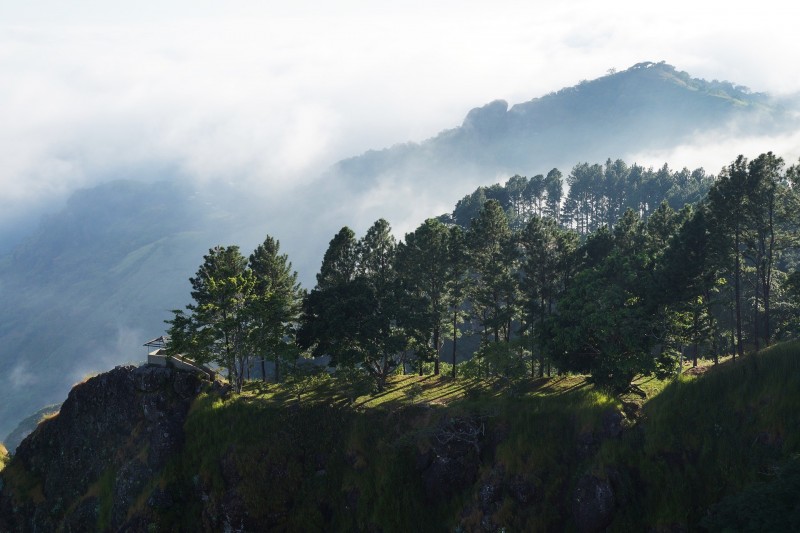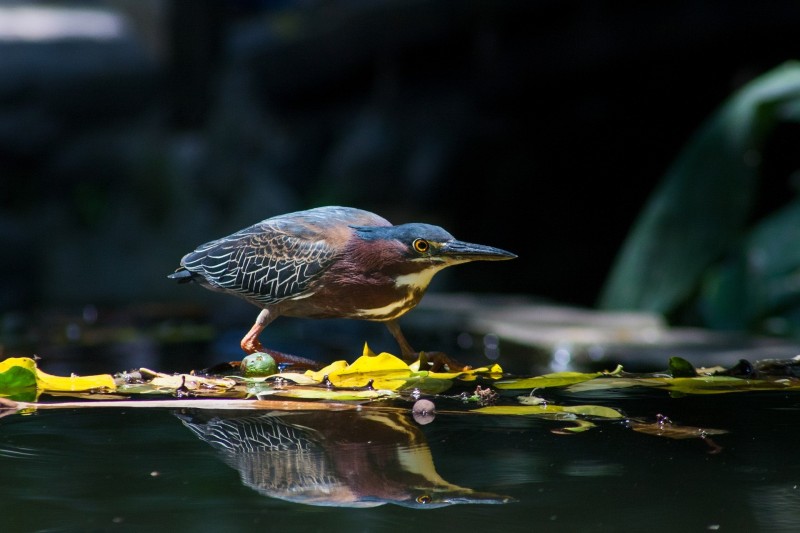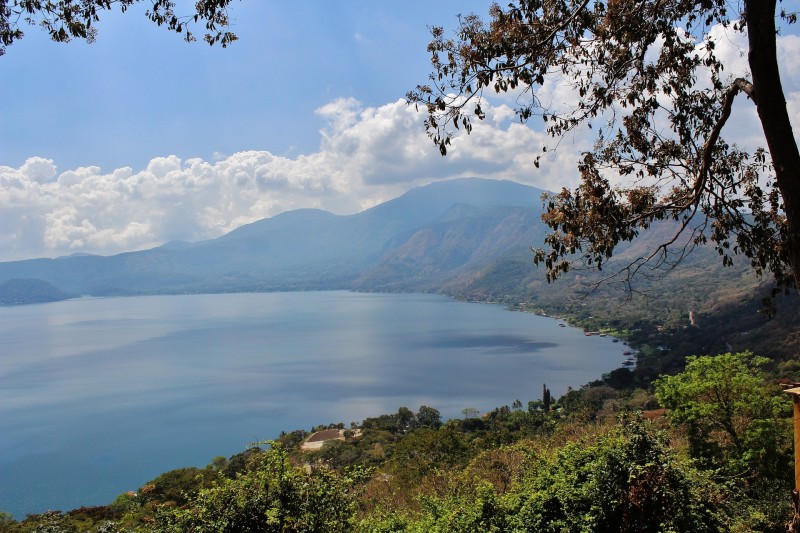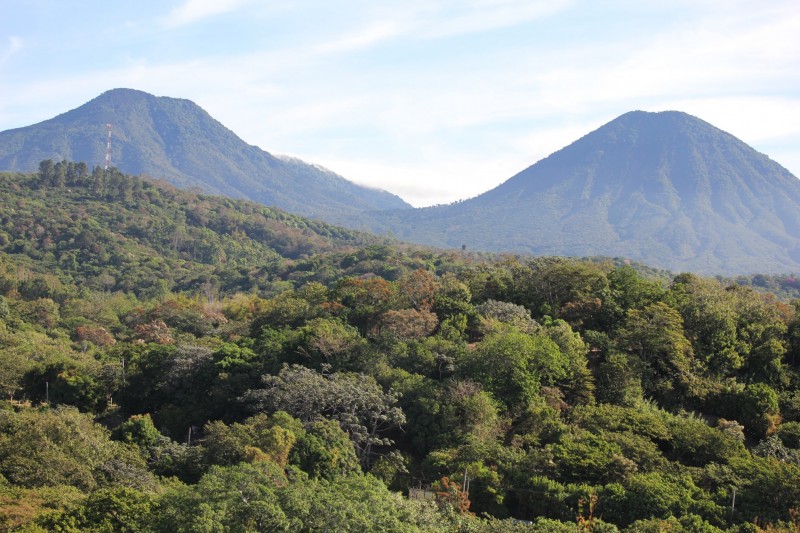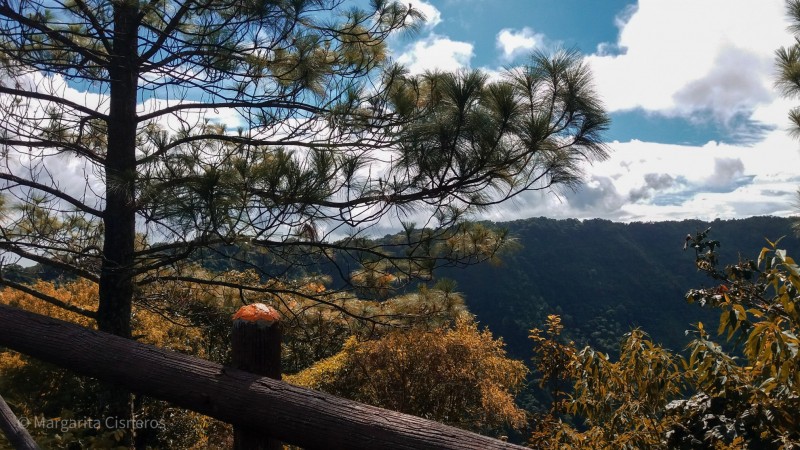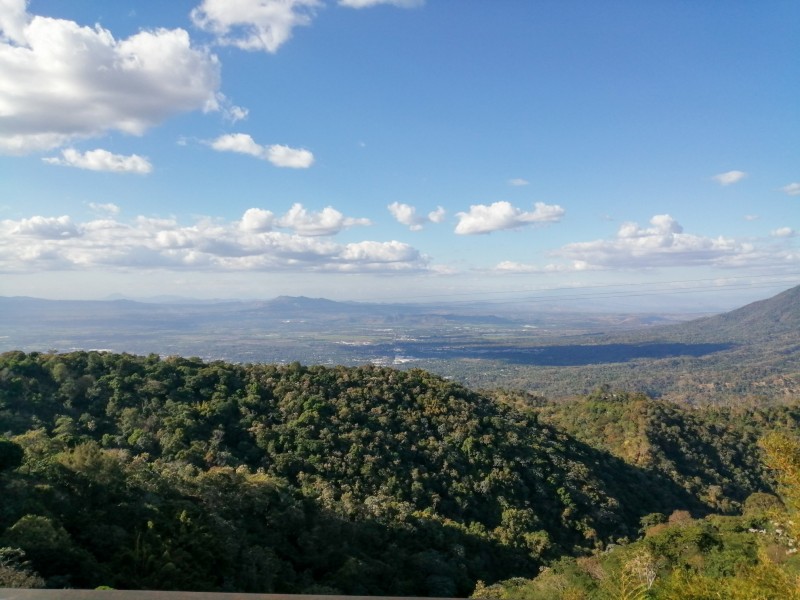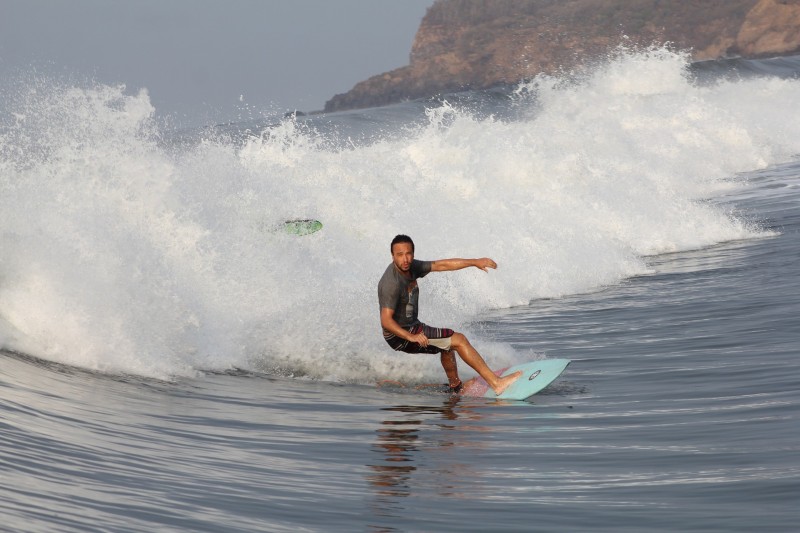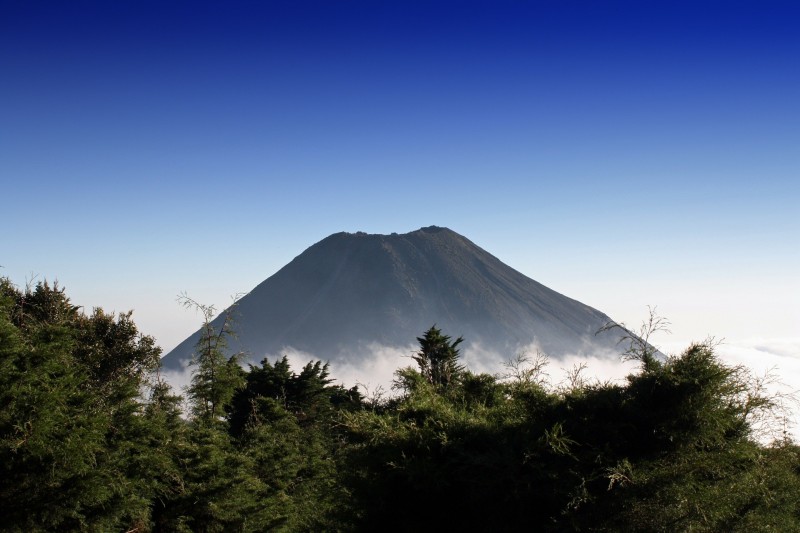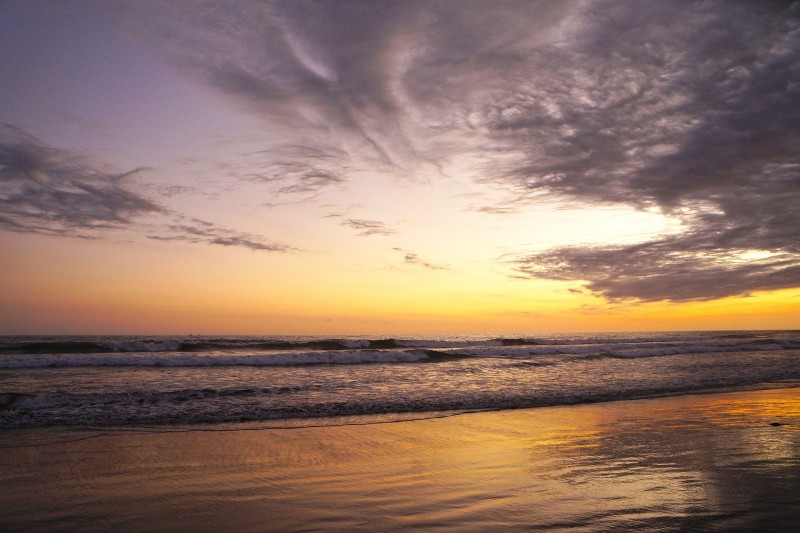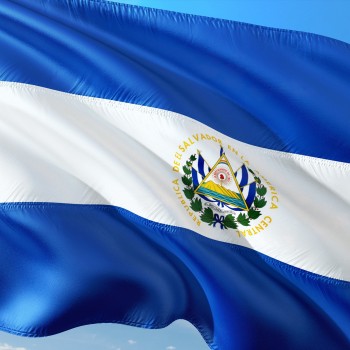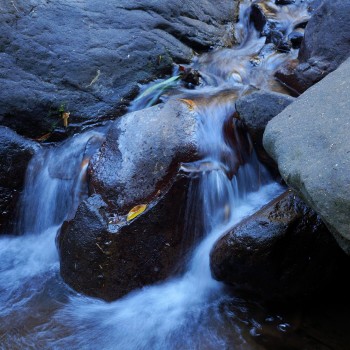El Salvador
El Salvador
Capital city description
San Salvador is the capital of El Salvador. San Salvador is an important city for the country culturally, politically, and economically. The city is located in the central part of the country, close to the west. It is a city that attracts attention with its colonial architecture, Gothic cathedrals, museums, and the valley's natural beauty. The city is also the most developed in El Salvador, the smallest country in Central America. San Salvador has a surface area of 71.45 square kilometers. In San Salvador, where the tropical climate prevails, the temperature does not change much during the year.
Although the city is located on the Pan American highway that connects the towns in Central America, it is highly developed in terms of industry. Still, the regions where it has economic problems are also widespread.
Climate
El Salvador, a small country in Central America, has a tropical climate, hot all year round along the coast and below 1,000 meters (3,300 feet), called Tierras Calientes, with little difference in the temperature (only a few degrees) over the seasons. The real difference is in rainfall and humidity: there is a rainy season from late April to October, which is also definitely muggy.
Languages spoken
Spanish is the official language of El Salvador
Fun/Fascinating Facts
- El Salvador is known as the Land of Volcanoes because it has more than 100 volcanos. Around twenty volcanos are potentially active. Standing at 2,381 meters above sea level, Santa Ana is the highest volcano in El Salvador.
- El Salvador gets some of the biggest swells offered by the Pacific Ocean. It also gets some of the longest waves in the region. Another reason that El Salvador is a Mecca for surfers is because of the right-hand point breaks that grace most of its 307km coastline.
- Coffee cultivated in the western part of El Salvador is famous world round. Despite its small size, El Salvador was once the 4th largest coffee producer globally.
- There are five archaeological parks in El Salvador: Cihuatan, Joya de Ceren, San Andres, Casa Blanca, and Tazumal. The pre-Columbian Maya ruins at Tazumal are the most crucial archaeology site in El Salvador.
- It is also the most densely populated country in Central America, with 21,000 sq km and over 7 million inhabitants.
Unique Customs/Traditions
Traditional dress is often reserved for formal occasions or festivities. Traditional dress varies throughout the country. Women dress in colorful embroidered shirts and skirts, and men wear classic pants and embroidered shirts.
Salvadorians give gifts for birthdays, Christmas, or New Year and religious events in a person's life. A young girl's 15th birthday is considered a particular date and is much celebrated. If invited to someone's home, bring flowers, good quality spirits, pastries, and imported sweets for the hosts.
The Panchimalco Flower and Palm Festival in May is an excellent time to take in local culture. Accompanying the event is music and traditional dress. Admire beautiful floral arrangements and garlands displayed nationwide throughout the towns, villages, and beach resorts.
Popular universities
| Name | Description | |
|---|---|---|
| University of Technology of El Salvador | The University of Technology of El Salvador (UTEC) is a private higher education institution in El Salvador. The University of Technology of El Salvador began in 1981. The home of the main campus of UTEC is El Salvador’s capital - San Salvador. University of Technology of El Salvador is among the best educational institutions in El Salvador, among the top 5 universities according to the national rankings. The applicants must pass examinations as a part of the admission process. The academic year at UTEC is divided into two academic semesters. The university has a functioning library. The University of Technology of El Salvador has a variety of sports facilities which might be necessary for many students. | |
| University of El Salvador | The University of El Salvador was established in 1841. University of El Salvador has an urban campus in San Salvador.The University of El Salvador is proud of its impeccable reputation and frequently takes the top spots in renowned international rankings. The university is in the top 5% of the most prestigious educational institutions. The applicants must pass examinations as a part of the admission process. The academic year at UES is divided into two academic semesters. The university accepts applications from international students. Both students and the academic staff can participate in the university’s international exchange programs. | |
Festivals & Events
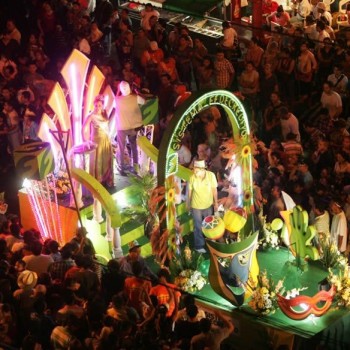
San Miguel Carnival
Date: November
San Miguel Carnival is an annual event that celebrates the city’s patron saint, Virgen de la Paz. Held in November, the famous carnival and event in El Salvador wind up with a mass and procession, followed by cultural performances on the last Saturday of the month.
Parades, dance performances, marching band performances, and Latin American music fill the streets, creating a festive atmosphere.
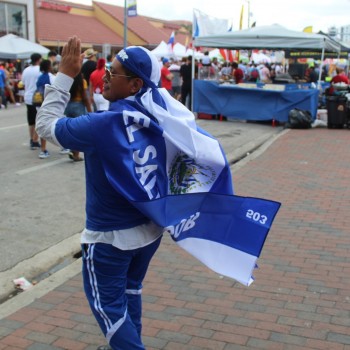
Fiestas Julias
Date: July
Fiestas Julias, or the "July Festival," is held through the entire month of July. It is held in Santa Ana, El Salvador's most colonial city. Street parades, masses, and cultural events occur in this most colonial of Salvadoran cities. There are also fairground rides and clowns for the kids.
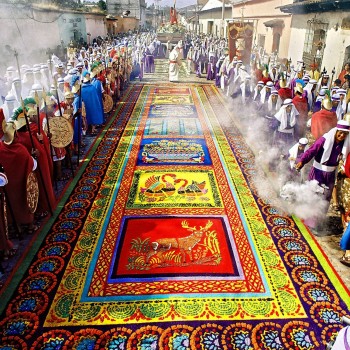
Semana Santa
Date: March
Semana Santa is an important religious festival widely celebrated in El Salvador. Best experienced in San Salvador with street parades and performance art, the week-long event is usually held in late March through Easter Sunday.
During the event, there are gigantic, gorgeous “carpets” that line the streets; made of colored salt and sawdust; they portray religious scenes and social justice messages and images of nature.
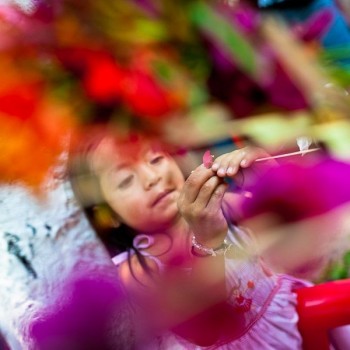
Palms Festival
Date: May
The flowers and Palms festival in Panchimalco is a celebration every year on the first weekend of May. This celebration is a mixture of Catholic Christian festivals and pre-Columbian customs.
It is an excellent time to take in the local culture in the city. During this colorful weekend, the town of Panchimalco becomes even brighter with a mix of decorations from the blending of Spanish and Indigenous cultures. Accompanying the event is music and traditional dress.
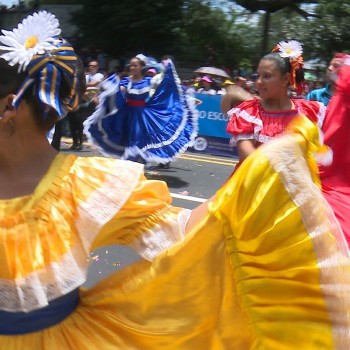
Patron Saint Festivities of San Salvador
Date: August
One of the most famous festivals in early August, The Patron Saint Festivities of San Salvador or Augustan festivities, are celebrated in honor of the Divine Savior of the World in the capital city of El Salvador.
Held in the capital of San Salvador, a marching band wakes the city up at 4:00 a.m., after which parades, sports, food, and art exhibitions take place.
Attractions / Top Sights
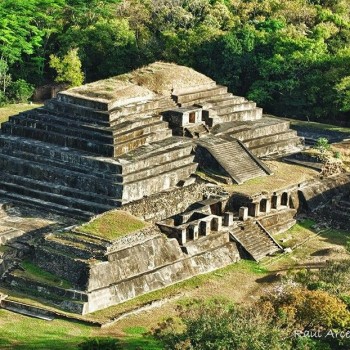
Tazumal
When to visit: November
Tazumal is an architectural complex within the larger area of the ancient Mesoamerican city of Chalchuapa in western El Salvador. Archaeologist Stanley Boggs excavated and restored the Tazumal complex during the 1940s and 1950s.
The Tazumal pre-Columbian ruins are part of the remarkable Chalchuapa archaeological zone. It was the first archaeological park created in El Salvador, among the oldest in Central America.
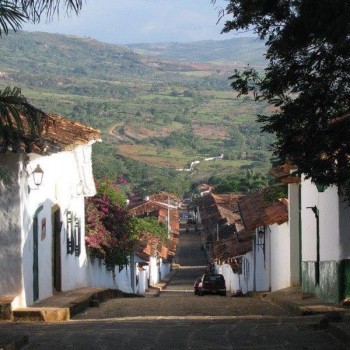
Suchitoto
When to visit: November to April
Suchitoto is a municipality in the department of Cuscatlán, El Salvador. The town has become one of the most important tourist sites due to its colonial-style architecture.
The buildings are very well preserved throughout the city with its cobblestone streets, which have allowed for the installation of picturesque hostels, restaurants, and cafes that give the feeling of being in the Hispanic colonial era.
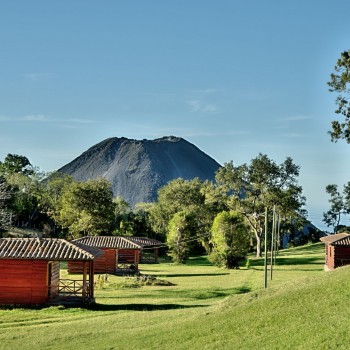
Cerro El Pital
When to visit: November to April
Cerro El Pital is well-known for being the highest point in El Salvador, at 2,730 meters above sea level, situated in the department of Chalatenango.
It is one of the most famous tourist draws in El Salvador, with incredible biodiversity in a wide altitudinal range containing many endangered species of flora and fauna. By hiking Cerro El Pital, you’ll also explore Piedra Rajada, one of the most outstanding natural attractions in El Salvador.
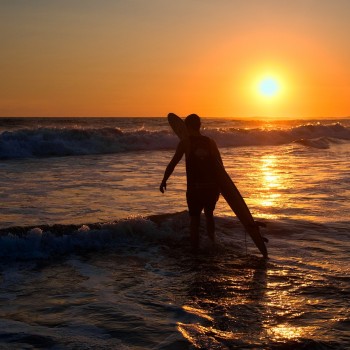
El Tunco Beach
When to visit: November to April
El Tunco Beach in El Salvador is one of the most famous beaches in the country; it is one of the top surfing spots in El Salvador and Central America.
This little surf town is renowned for its excellent surfing, striking sunsets, and weekend parties with only two streets. El Tunco Beach gives a relaxing atmosphere; nearby, you can find several restaurants, shops, and bars.
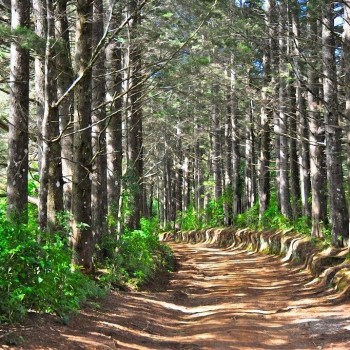
Montecristo National Park
When to visit: November to April
Montecristo National Park in El Salvador is a protected forested area perfect for nature lovers. Also known as El Trifinio National Park, it is a tri-national natural region located in the department of Santa Ana, near the city of Metapan, in the country's northwest region.
Montecristo National Park has almost 2,000 hectares of foggy forest and has one of the highest biological diversity in the country.
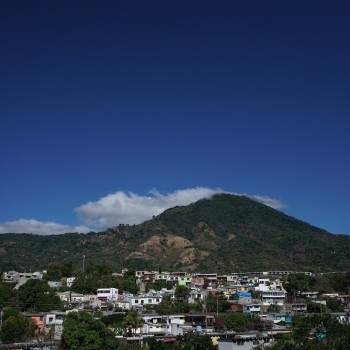
San Salvador
When to visit: November to April
San Salvador, the capital city of El Salvador, is one of the most famous cities in the country. It is also the second-largest city in Central America. It has wide boulevards and narrow streets, outdoor markets, government buildings, high-rises, monuments, exuberant nightlife, museums, and other cultural institutions.
The city is surrounded by shantytowns and wealthy suburbs with restaurants and large shopping malls. The stunning botanic garden of Parque Cuscutlan provides a break from this beautiful, bustling city.
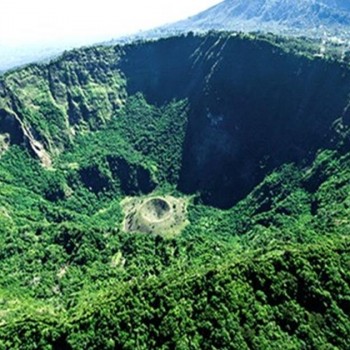
Puerto del Diablo
When to visit: November to April
Puerto del Diablo is one of the most visited El Salvador tourist attractions. ‘Devil Door’ is a rock formation comprising two tall boulders. This forms a window looking out at El Salvador’s lush landscape. A pathway leads you to the viewpoint where you will see the indigenous town of Panchimalco from there.
Puerto del Diablo is a unique tourist attraction known for its dark history; it was a site where acts of torture were committed during the civil war.
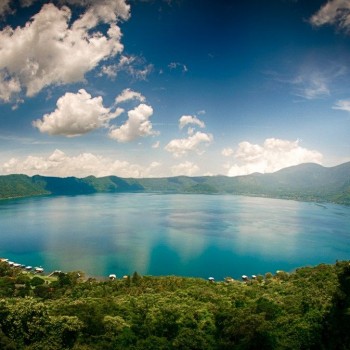
Lake Coatepeque
When to visit: November to April
Lake Coatepeque is one of the largest lakes in the country. It is a stunning volcanic caldera located in the department of Santa Ana; the lake is surrounded by dense forest and a beautiful landscape. This lovely lake is a famous destination for local and foreign tourists looking for a great place to relax and enjoy with family or friends.
Lake Coatepeque has clean, blue water that reaches a depth of 120m and has very steep mountainous slopes. The fantastic attractions in Coatepeque Caldera make it one of the best tourist attractions in El Salvador. Numerous beach houses around the shore of the lake are favorite weekend getaways.
















